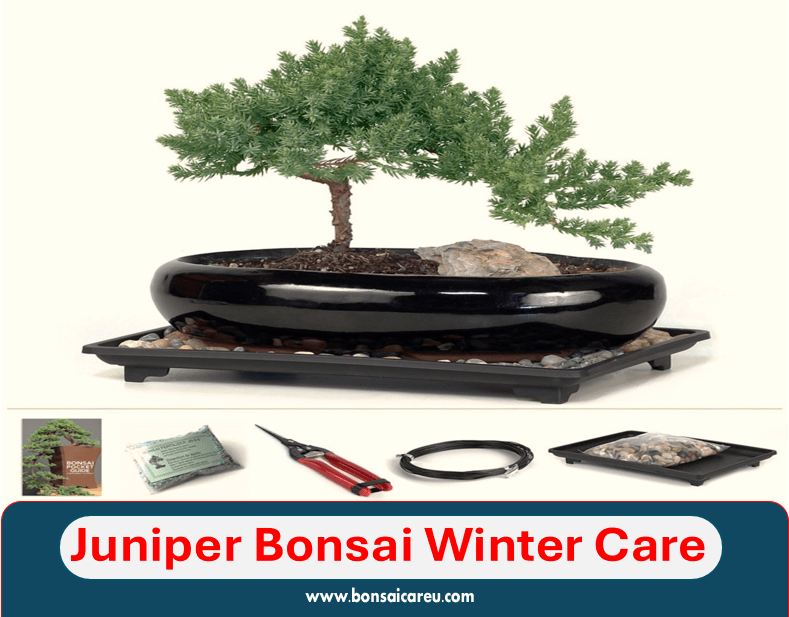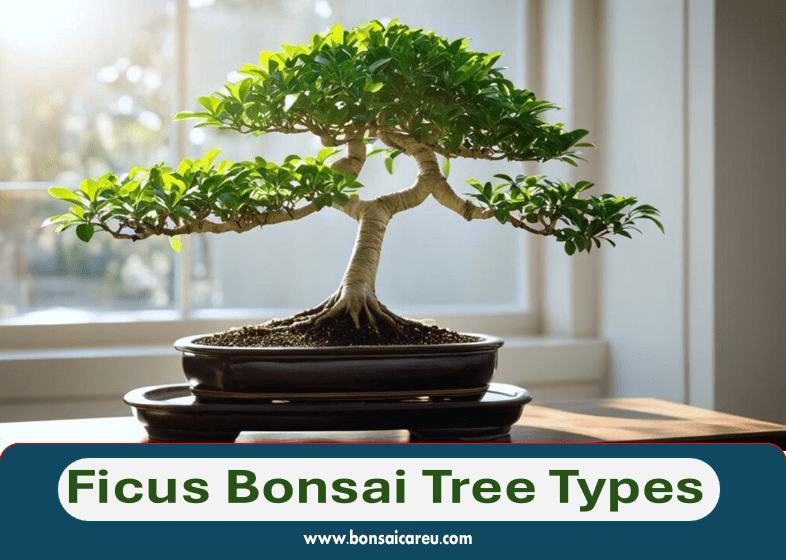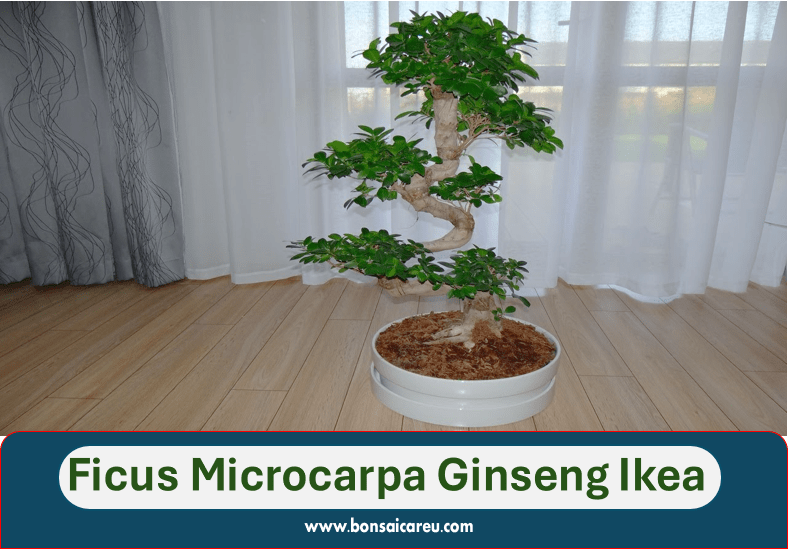Growing Bonsai from Seed Step by Step: Growing bonsai from seed involves selecting high-quality seeds, sowing them in well-draining soil, providing adequate moisture, and maintaining consistent temperature and light conditions. The process requires patience and attention to detail.
Cultivating bonsai from seed is a rewarding journey that allows you to create unique, personalized trees from scratch. Each step in the process plays a crucial role in developing your bonsai tree, from germination to the eventual shaping and training of its form.
By following a structured approach and caring diligently for your seedlings, you can enjoy the fulfilling experience of growing bonsai from seed and watching your small seeds transform into beautiful miniature trees.
Selecting The Right Seeds
Choosing the right seeds is the first step to growing bonsai from scratch. Selecting the perfect seeds will determine the success of your bonsai project, so it’s crucial to focus on quality and suitable species. This section will discuss the essential steps for selecting the right seeds to begin your bonsai journey.
Researching Bonsai Species
Before purchasing seeds, it’s important to research the different bonsai species available. Understanding each species’ growth patterns, preferred climate, and maintenance requirements will help you make an informed decision. Consider factors such as the size of the tree, foliage type, and overall aesthetic appeal to find the species that best fits your preferences and environment.
Identifying Quality Seeds
When selecting bonsai seeds, focus on obtaining high-quality seeds from reputable suppliers. Look for suppliers specializing in bonsai seeds with a track record of providing viable and healthy seeds. It’s also beneficial to seek recommendations from experienced bonsai enthusiasts or join online forums to gather insights on trusted seed sources. Ensure the seeds are fresh, viable, and free from any signs of damage or decay. Choosing quality seeds is crucial for successful germination and healthy bonsai development.
By diligently researching and carefully selecting quality seeds, you can lay a strong foundation for your bonsai project and set the stage for a rewarding and fulfilling journey in bonsai cultivation.
Preparing The Growing Environment
To successfully grow bonsai from seed, preparing the growing environment meticulously is crucial. Creating the right conditions, including temperature, lighting, soil, and watering, is essential for the seedlings to thrive and develop into beautiful bonsai trees.
Creating The Ideal Soil Mix
The soil mix plays a crucial role in bonsai growth from seed, ensuring proper nutrients and drainage.
Choosing The Right Containers
Containers should have shallow drainage holes to promote healthy root development.
Focusing on the soil mix and containers is essential when preparing the growing environment for your bonsai seeds. The soil mix should provide nutrients while ensuring adequate drainage for healthy growth.
Creating The Ideal Soil Mix
The soil mix plays a crucial role in bonsai growth from seed, ensuring proper nutrients and drainage.
Choosing The Right Containers
Containers should have shallow drainage holes to promote healthy root development.
Germinating Bonsai Seeds
Germinating bonsai seeds is a crucial step in growing your bonsai tree. It’s an exciting journey that allows you to witness the transformation of a tiny seed into a majestic and beautiful miniature tree. In this section, we will explore the two important techniques of seed scarification and stratification, which help to enhance seed germination and ensure successful bonsai cultivation.
Seed Scarification
Seed scarification is a simple but effective technique that involves breaking the seed coat to improve water absorption and promote seed germination. Some bonsai tree seeds have a hard outer shell, making it difficult for water and oxygen to penetrate, hindering germination. By scarifying the seeds, you create small openings or scratches on the seed coat, allowing moisture and air to reach the embryo.
There are different methods you can use for seed scarification, including:
- Mechanical Scarification: This method gently scratches the seed coat with a file or sandpaper. It helps create small abrasions that allow water to penetrate the seed.
- Hot Water Scarification: You can also use hot water to scarify certain seeds. Soak the seeds in hot water (around 140°F) for a specified period, usually 5 to 10 minutes. This process softens the seed coat, making it easier for water to penetrate.
Stratification Process
Stratification is another crucial step in germinating bonsai seeds. It simulates the natural conditions the seeds would experience during the winter when they undergo a period of cold and moist conditions before sprouting in spring. By subjecting the seeds to this process, you stimulate a dormancy break and prepare them for germination.
There are two main methods of stratifying bonsai seeds:
- Cold Stratification: This method involves placing the seeds in a moist medium, such as peat moss or vermiculite, and storing them in the refrigerator for a specified period. The cold and moist conditions mimic the winter environment and promote the subsequent germination of the seeds.
- Warm Stratification: Warm stratification is more suitable for certain bonsai tree species. This method requires soaking the seeds in warm water (around 85°F) for a specific duration. It stimulates germination by imitating the warm spring conditions necessary for the seeds to break dormancy.
Both seed scarification and stratification play crucial roles in the germination process of bonsai seeds. By understanding and applying these techniques, you enhance the chances of successful germination and embark on a rewarding journey toward growing your stunning bonsai tree.
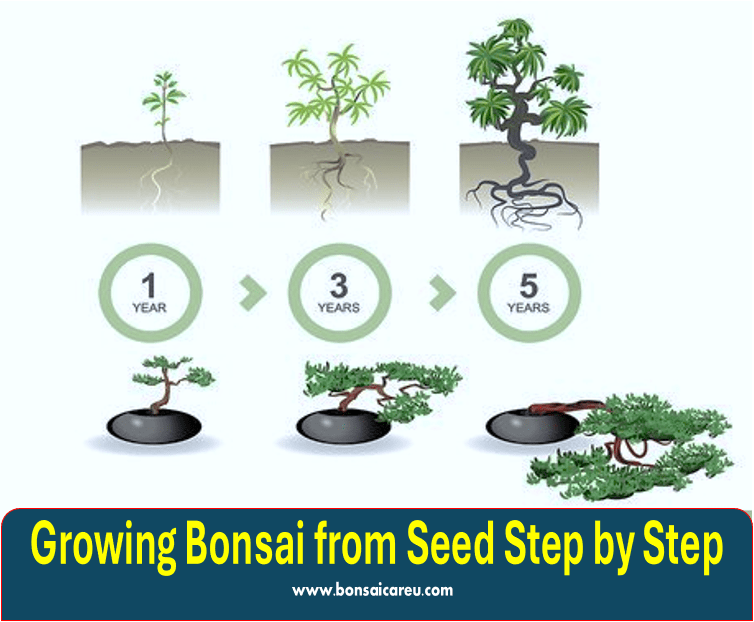
Caring For Seedlings
Caring for seedlings is a crucial step in growing bonsai from seed. Proper watering techniques, providing adequate light, and maintaining optimal temperature are essential for the healthy development of young plants.
Proper Watering Techniques
Water seedlings lightly and evenly, ensuring the soil is moist but not waterlogged. Avoid overwatering to prevent root rot.
Providing Adequate Light And Temperature
Place seedlings in a well-lit area where they can receive indirect sunlight. Maintain a consistent temperature of around 70°F for optimal growth.
Training And Pruning
Training and pruning are essential steps in growing bonsai from seed. These techniques help shape and maintain the desired appearance of your young bonsai tree. By following the proper training and pruning methods, you can create a beautiful and visually appealing bonsai tree that reflects your artistic vision and style.
Shaping The Young Bonsai
Shaping the young bonsai is a crucial part of the training process, as it influences the tree’s overall appearance. One of the primary objectives of shaping is to create a balanced and natural-looking bonsai tree that mimics the shape and form of its larger counterpart in the wild.
To shape the young bonsai, you must select the main branch as the tree’s leader. The leader is responsible for determining the vertical axis of the tree, so it should be chosen carefully, considering its position and the desired shape of the bonsai.
Once you have identified the leader, you can start shaping the other branches. You can gently bend the branches to the desired positions using wire, creating graceful curves and angles. It’s essential to take your time during this process and move the branches gradually, avoiding putting too much stress on them. This slow and gradual shaping ensures the branches remain healthy and don’t break.
Remember that shaping a bonsai takes time and patience. As you work toward achieving your desired design, it’s important to evaluate your progress regularly and make adjustments as needed.
Understanding Pruning Techniques
Pruning is a critical aspect of training bonsai trees, helping to maintain their shape and health. By selectively removing specific branches and foliage, you can control the growth pattern and encourage the development of a compact and aesthetically pleasing bonsai tree.
When pruning your young bonsai, it’s essential to understand the different techniques available. One common method is “pinching,” removing the new growth between your thumb and forefinger. This technique helps promote branching and keeps the tree compact.
Another pruning technique is “thinning,” which involves removing entire branches or sections of the tree to maintain balance and airflow. This process helps prevent the growth of weaker branches from being overshadowed by more vigorous ones.
It’s important to note that timing is crucial when pruning your bonsai tree. Spring is generally the best time to prune, as the tree is most active and will quickly heal wounds. However, remember to follow specific pruning guidelines for different tree species, as some may have specific pruning requirements.
By understanding and implementing proper pruning techniques, you can help your young bonsai tree develop and thrive, encouraging the growth of new branches and maintaining its overall shape.
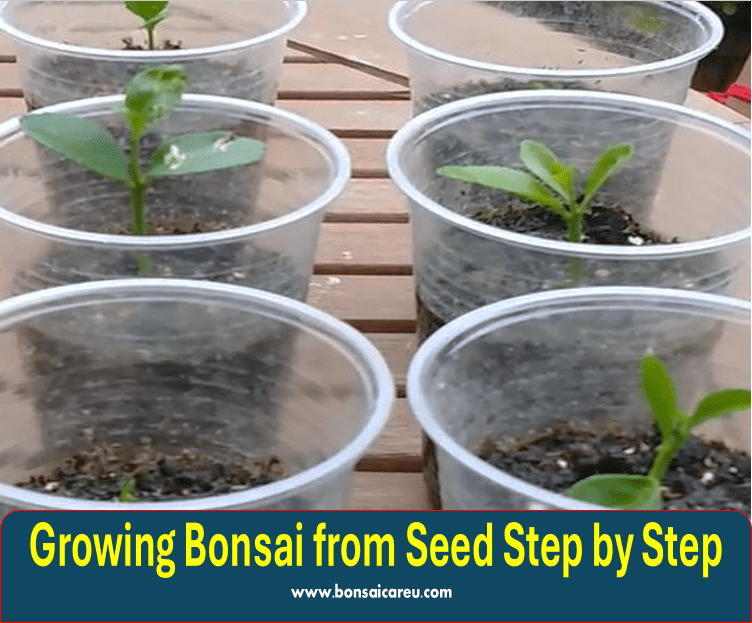
Repotting And Root Development
Understanding the importance of repotting and root development in nurturing healthy bonsai trees from seed. Repotting provides a larger space for root growth and allows you to inspect and address any root issues. Root development is essential for the overall health and stability of the bonsai tree. This section will explore the necessary steps to ensure successful repotting and encourage healthy root growth.
Knowing When To Report
Identifying the right time to repot your bonsai from seed is vital in promoting its growth. Observing the root system and the tree’s growth rate will help you determine when the bonsai is ready for repotting.
Encouraging Healthy Root Growth
To promote healthy root development, providing the ideal environment for the bonsai is essential. Adequate watering, proper soil composition, and regular root pruning are key factors in encouraging strong and healthy root growth.
Patience And Long-term Care
Embark on nurturing patience and long-term care while growing bonsai from seed. This step-by-step process cultivates a deep connection with nature and teaches the value of dedication in achieving a flourishing miniature tree. Learners can nurture their bonsai skills and witness the beauty of growth unfolding over time.
Understanding Bonsai Growth Rates
Growing a bonsai from seed requires great patience as the process can take several years to develop. Bonsai growth rates vary depending on the species of tree you choose to cultivate. Understanding these rates will help you manage expectations and plan for the long-term care of your bonsai.
Developing A Long-term Care Plan
Creating a long-term care plan for your bonsai is essential for healthy growth. Watering, pruning, and proper soil maintenance are critical to nurturing a healthy, beautiful bonsai. Research the specific needs of your bonsai tree species to create a comprehensive care plan.
Frequently Asked Questions Of Growing Bonsai From Seed Step By Step
How Do You Start A Bonsai Tree From A Seed?
To start a bonsai tree from a seed, soak the seed in water for 24 hours. Plant the seed in a small pot with well-draining soil. Keep the soil moist and place the pot in a warm, sunny spot. Germination may take several weeks to months.
What To Do After Bonsai Seeds Sprout?
After bonsai seeds sprout, transfer them to individual pots to promote healthy growth. Ensure proper sunlight, water, and humidity levels. Use a well-draining soil mix and provide gentle care to avoid damaging the delicate seedlings. Regularly monitor their progress and adjust care as needed for optimal development.
Are Bonsai Trees Hard To Grow From Seed?
Growing bonsai trees from seed can be challenging due to their slow growth rate and specific care requirements. With patience and proper knowledge, it is possible to successfully grow bonsai trees from seed.
How Many Seeds Do You Need For A Bonsai Tree?
You need one seed to grow a bonsai tree.
How Long Does It Take For A Bonsai Seed To Germinate?
Bonsai seeds typically take around 4-6 weeks to germinate, but this can vary depending on the type of bonsai tree.
What Is The Best Time To Start Growing Bonsai From Seeds?
The best time to start growing bonsai from seeds is in the spring or early summer when the weather is warmer and more favorable for seed germination.
Conclusion
Growing bonsai from seed is a rewarding journey. Patience, dedication, and care are key. By following these steps diligently, you can witness the beauty of nature flourishing in your hands. The process may be slow, but the results are worth it.
Happy gardening!
